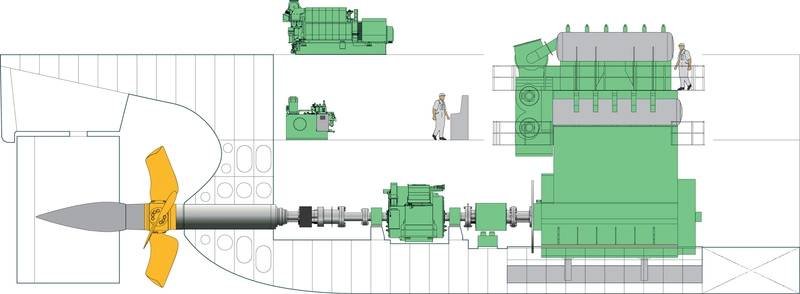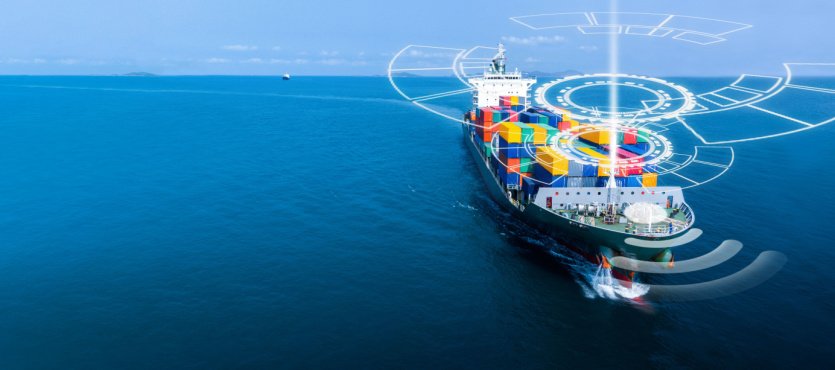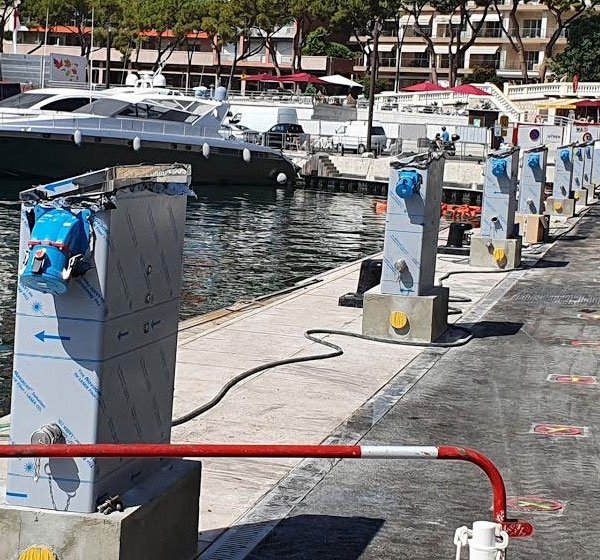
Contents
- Introduction to Power Take-Off (PTO), Power Take-In (PTI), and Power Take-Home (PTH)
- Basics of PTO, PTI, and PTH Systems
- Advanced Elements of PTO, PTI, and PTH
- Main Components and Their Functions
- Pros and Cons of PTO, PTI, and PTH Systems
- Major Manufacturers and Popular Models
- Conclusion
- References
1. Introduction to Power Take-Off (PTO), Power Take-In (PTI), and Power Take-Home (PTH)
Power Take-Off (PTO), Power Take-In (PTI), and Power Take-Home (PTH) are critical systems in the marine industry, facilitating efficient propulsion and auxiliary power management. These systems enable ships to optimize power usage, enhance redundancy, and improve overall operational efficiency.
2. Basics of PTO, PTI, and PTH Systems
Power Take-Off (PTO)
PTO systems transfer mechanical power from the main engine to auxiliary equipment, such as generators or pumps. This setup allows the main engine to drive additional machinery, reducing the need for separate engines.
Power Take-In (PTI)
PTI systems allow an auxiliary motor to drive the propeller shaft, either supplementing the main engine or operating independently. This configuration is particularly useful in hybrid propulsion systems, where electric motors can provide additional power or act as the primary propulsion source.
Power Take-Home (PTH)
PTH systems provide an emergency propulsion capability. In the event of a main engine failure, the PTH system, typically driven by an auxiliary engine or electric motor, can take over propulsion duties, ensuring the vessel can still manoeuvre and reach a safe harbour.
3. Advanced Elements of PTO, PTI, and PTH
Integration with Hybrid Systems
Modern marine vessels often use hybrid propulsion systems that integrate PTO, PTI, and PTH components. These systems can switch between mechanical and electrical power sources, optimizing fuel efficiency and reducing emissions.
Control and Automation
Advanced control systems manage the operation of PTO, PTI, and PTH components, ensuring seamless transition between power sources and optimizing performance. These control systems can be integrated with the vessel’s overall automation system for enhanced efficiency and monitoring.
Energy Storage Systems
Batteries and other energy storage systems are increasingly used in conjunction with PTI and PTH systems. These storage systems can provide additional power during peak demands or act as a backup power source, further enhancing the vessel’s operational flexibility and efficiency.
4. Main Components and Their Functions
Clutches and Gearboxes
- Function: Clutches engage and disengage the PTO and PTI drives, while gearboxes adjust the speed and torque of the power transferred to auxiliary equipment or the propeller shaft.
Electric Motors and Generators
- Function: In PTI systems, electric motors drive the propeller shaft. In PTO systems, generators convert mechanical power from the main engine into electrical power for onboard systems.
Control Systems
- Function: These systems manage the operation of PTO, PTI, and PTH components, ensuring efficient power distribution and seamless transition between power sources.
Energy Storage Systems
- Function: Batteries and other storage systems provide additional power or backup power, enhancing the flexibility and redundancy of the vessel’s power system.
5. Pros and Cons of PTO, PTI, and PTH Systems
Pros
- Efficiency: PTO systems reduce the need for separate auxiliary engines, improving overall fuel efficiency.
- Redundancy: PTI and PTH systems provide backup propulsion capabilities, enhancing safety and reliability.
- Flexibility: These systems enable hybrid propulsion configurations, allowing vessels to optimize power usage and reduce emissions.
Cons
- Complexity: Integrating PTO, PTI, and PTH systems adds complexity to the vessel’s power management system.
- Cost: The initial investment in these systems and their associated components can be high.
- Maintenance: Advanced control systems and additional mechanical components require regular maintenance to ensure reliable operation.
6. Major Manufacturers and Popular Models
ABB
- Overview: ABB offers advanced marine propulsion solutions, including PTO, PTI, and PTH systems. Their products are known for their reliability and efficiency.
- Popular Models: ABB’s Azipod® propulsion systems integrate PTO and PTI capabilities for optimal performance.
Wärtsilä
- Overview: Wärtsilä provides comprehensive marine power solutions, including hybrid systems that incorporate PTO, PTI, and PTH functionalities.
- Popular Models: Wärtsilä HY is a hybrid power module that combines various power sources, including PTO and PTI capabilities.
Rolls-Royce Marine
- Overview: Rolls-Royce offers integrated power and propulsion solutions for marine applications, including advanced PTO, PTI, and PTH systems.
- Popular Models: The Rolls-Royce Hybrid Shaft Generator (HSG) system provides efficient power management and propulsion capabilities.
Siemens
- Overview: Siemens delivers cutting-edge marine propulsion technologies, including systems that leverage PTO, PTI, and PTH for enhanced performance.
- Popular Models: Siemens BlueDrive PlusC™ is a hybrid propulsion system that integrates PTO and PTI functionalities for efficient and flexible power management.
7. Conclusion
PTO, PTI, and PTH systems play a crucial role in modern marine propulsion, offering enhanced efficiency, flexibility, and redundancy. By understanding the basics and advanced elements of these systems, marine engineers can better optimize vessel performance and ensure reliable operation. Major manufacturers like ABB, Wärtsilä, Rolls-Royce, and Siemens continue to innovate in this field, providing advanced solutions that meet the evolving demands of the maritime industry.
8. References
- ABB Marine & Ports: Shore Connection Systems
- Wärtsilä: Hybrid Power Systems
- Rolls-Royce Marine: Hybrid Shaft Generator Systems
- Siemens: BlueDrive PlusC™
This article provides a comprehensive overview of PTO, PTI, and PTH systems, covering both the basics and advanced elements, along with their pros and cons, main components, and leading manufacturers in the marine industry.



